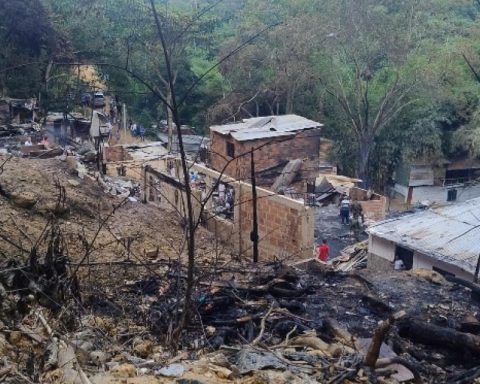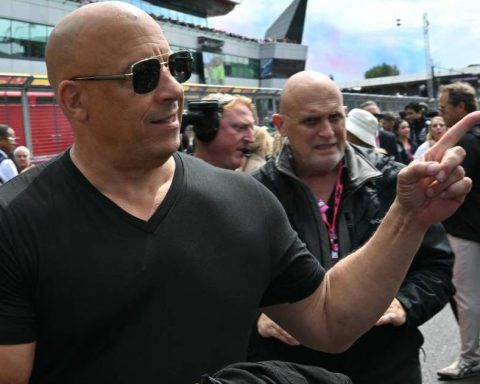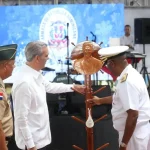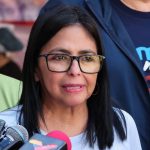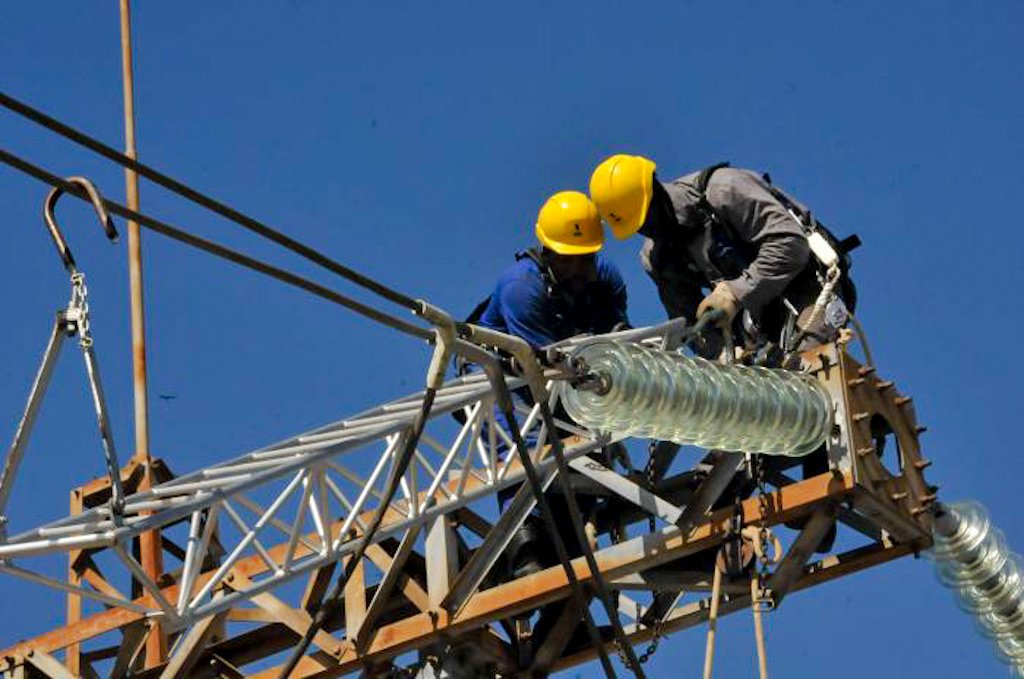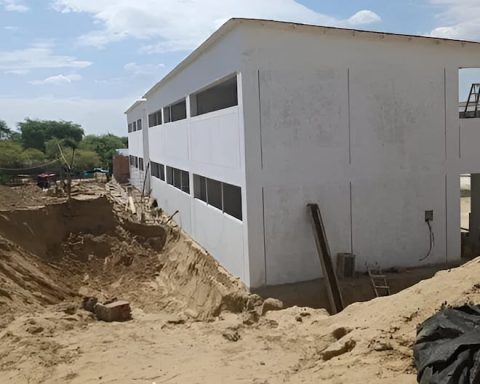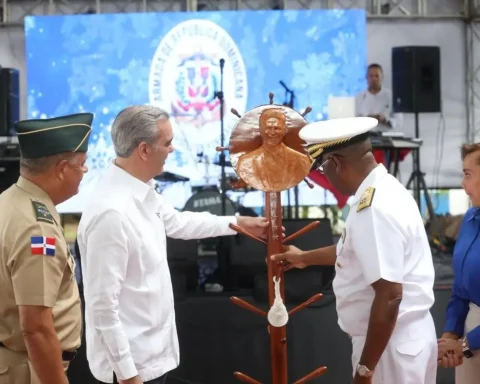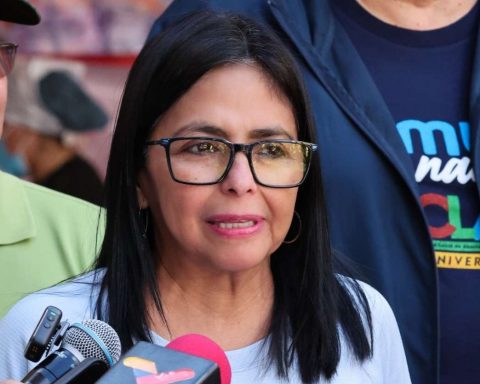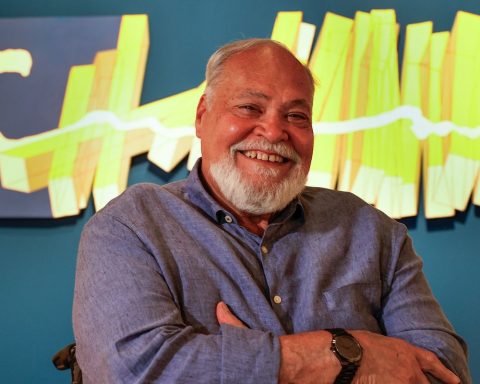On Thursday, February 16, President Gustavo Petro gave something to talk about again when he raised, during a meeting with the community action boards of Norte de Santander, the possibility that the community action boards (JAC) be in charge of carrying connectivity, through fiber optics, at remote areas of the country.
(See: And the operators? Petro’s idea for internet in remote areas).
The president said that “if my cell phone is not connected to the operator or ifi it serves me for three things. This ‘gimmick’ operates if there is a connection system that is a network. There are different technologies, but the easiest is fiber optics and there is a device that radiates the signal and we take Wi-Fi. Those networks, who puts them up? We are used to it being Claro or Movistar or Tigo. Why can’t community action put it on? (…) Can youth implement and promote this need for connectivity?“.
Given this, different actors in the sector spoke out. On the one hand, they said that bringing connectivity to the most remote areas is not such a simple task, since teams and trained professionals are needed to guarantee this service.
On the other hand, the work being carried out by the internet service providers (ISPs), companies that bring Internet access to places where large operators cannot access.
And the Ministry of ICT, the direct one involved in the issue, also spoke out.
(See: Tips for a safe internet experience).
The ICT Minister, Sandra Urrutia, highlighted, on Friday the 17th from Cali, that from his portfolio he is inviting community internet operators to present pdigital connectivity projects.
The ICT Minister, Sandra Milena Urrutia Pérez.
He also added that small providers “They are great allies to enhance the reach of fiber optics with a view to guaranteeing that digital connectivity can reach remote regions of Colombia”.
(See: The paths that will add economic value to the metaverse).
“One of the possibilities is precisely what already exists, which are community internet or small internet providers, which already have fiber optics in the regions and provide the service based on the needs of their communities,” he said.
And he recognized the work that has been done in the country, hand in hand with operators and other actors, to meet the goal of having 85% connectivity in the country.
(See: The two factors that will mark the technological world in Colombia).
“We have worked with companies that already have fiber optics today, such as EPM and Emcali. Throughout the country there are public operators that already have the infrastructure and we are consolidating them to make this great neutral network that we dream of for Colombia a reality; we know that there community Internet providers can bring the service to every home”, explained the minister.
BRIEFCASE





